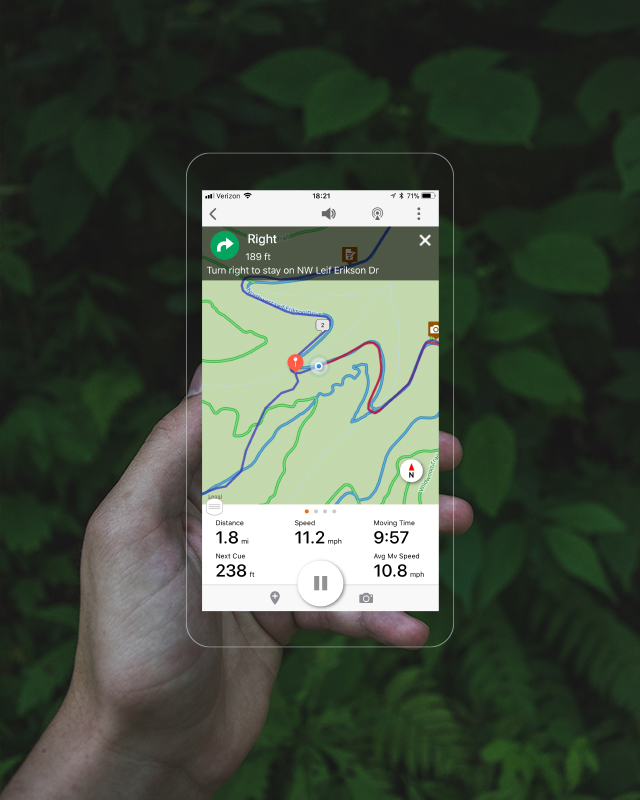


The first GPS bike computer was possibly the Garmin Edge 305, which debuted in 2006, but it took ‘til the Garmin Edge 705 debuted in 2008 for power numbers to be synced with GPS, and that changed the game. By recording the barometric pressure and GPS data together and uploading it to a program on a computer or website that could do more interpreting, the numbers could be better. With higher sampling rates, bike computers needed and were programmed with more sophisticated algorithms to better record and calculate climbing gained.Īdding Global Position System (GPS) readings to the bike computer further helped. And you could make it more precise if you knew what the starting altitude of a ride was, even though having the relevant United States Geologic Survey map was rarely convenient.Īs the programming got more sophisticated, the altimeters smaller, there were still problems-sometimes the absolute numbers were off, like starting at hundreds of feet below sea level, but the cumulative total could possibly be close to correct. Still, the early altimeters were interpreting data it was taking both barometric pressure and speed/distance to calculate what numbers it produced, and it was programmed not to be too sensitive, to not record changes of 30’ or less. If dirt or water clogged the port, numbers could change. It had limitations weather changes, like clouds and sun, could create changes in air pressure, and small things like position of the unit on the bike could affect the numbers. Its processing consisted of sampling measurements, interpreting the numbers, then calculating a result. The first altitude-measuring bike computers that appeared, possibly starting with the Avocet 50 in the mid 1990s, were utilizing a barometric pressure gauge on the underside of the unit. Why is this the case, and which data should you trust? Seeing a 10-15% variation between devices in feet climbed is a common outcome. Go take a ride with a Garmin watch on your wrist, a Wahoo Bolt on your bars, and the Strava iOS app in your jersey pocket. Yet as pure as it might be to correlate the toughness of a ride to total feet climbed, the frustrating reality is that different devices measure different altitude gains. Climbing is always fighting gravity even if you prefer going with gravity, the joy of the descent is usually a reflection of the effort of the up. Anyone can sit on a bike on a flat road, poking along for hours, getting sun, time, and mileage in, almost faking their way to a hard ride. It is minimally affected by wind, temperature, aerodynamics. It’s not changed by the presence of other riders. Power? Unless we’re hitting the magical 300 watts for a long time, the number doesn’t satisfy.Ĭlimbing is different. The tougher the ride, the more worthy the rider. We look to data to explain our riding sensations, if only to tell ourselves ‘that was a hard one.’ Recording rides is so helpful for this reason.


 0 kommentar(er)
0 kommentar(er)
